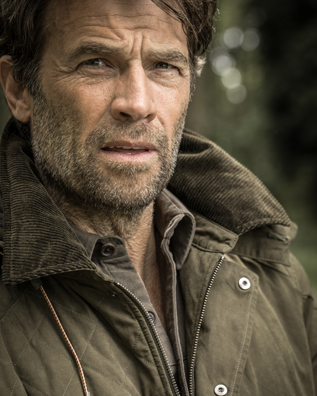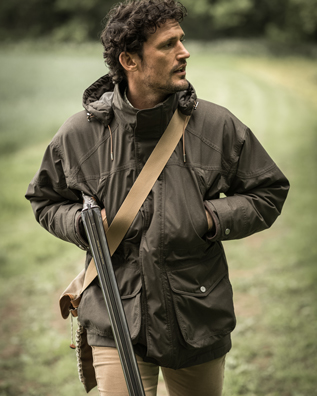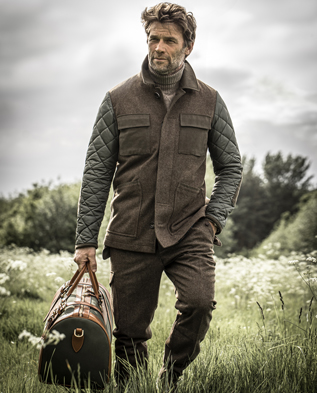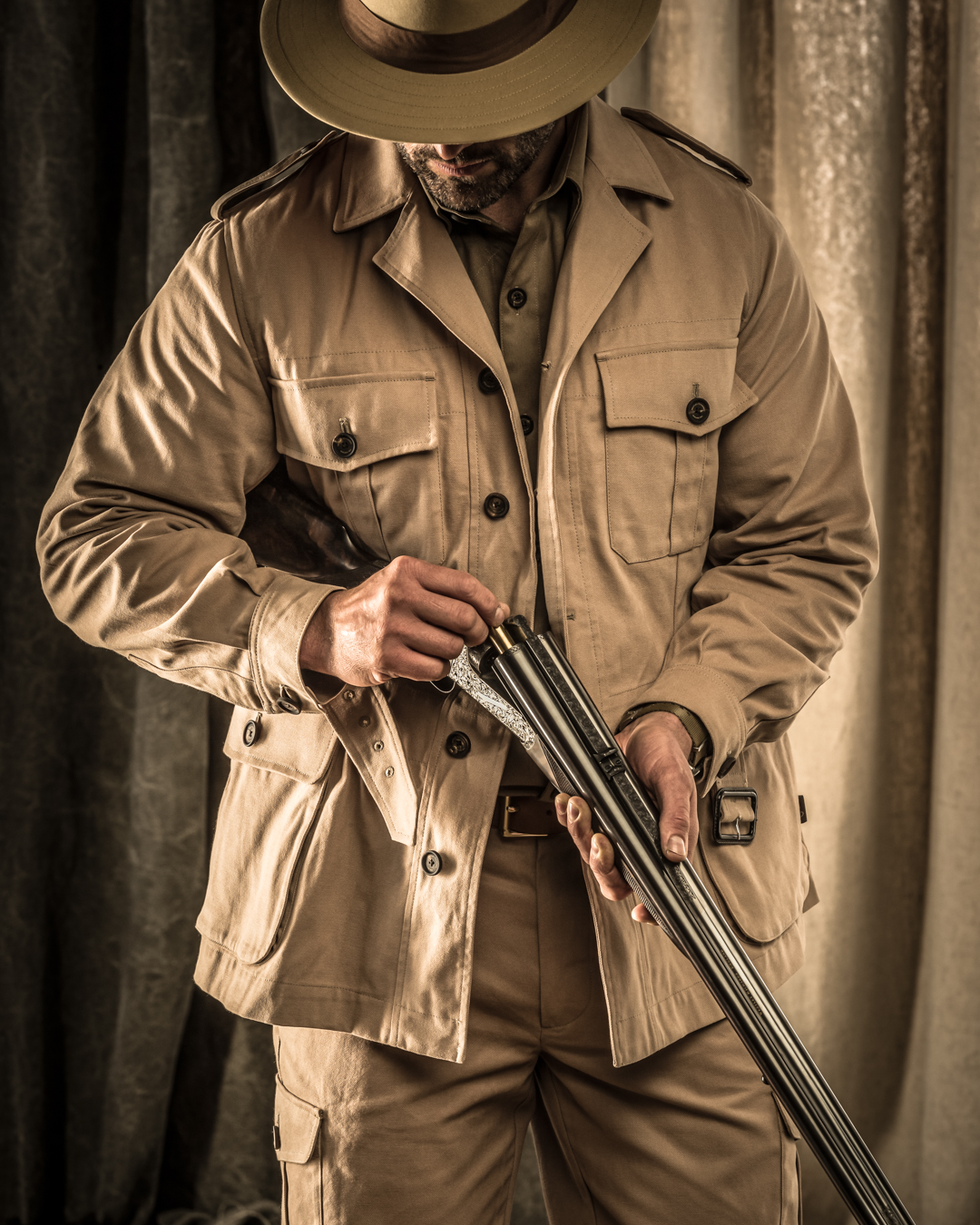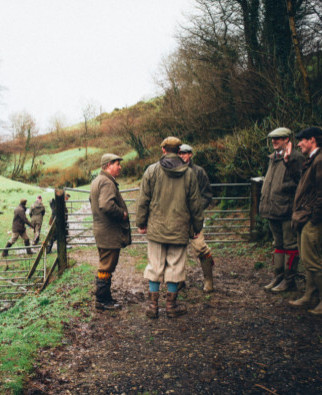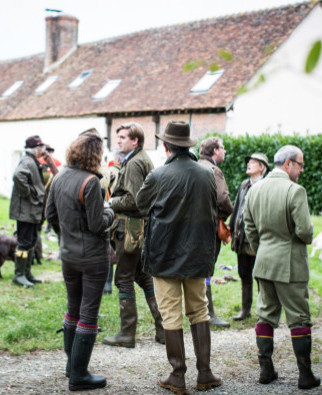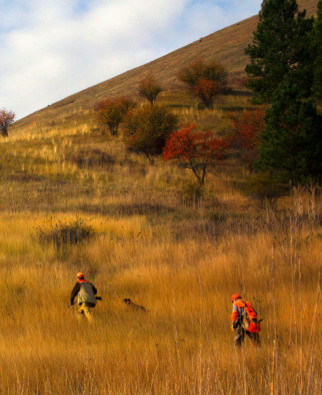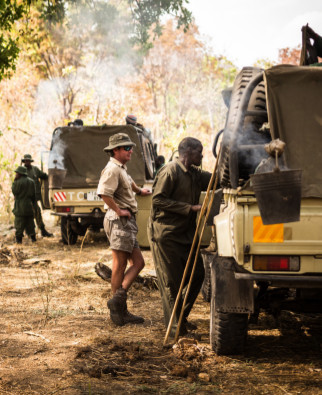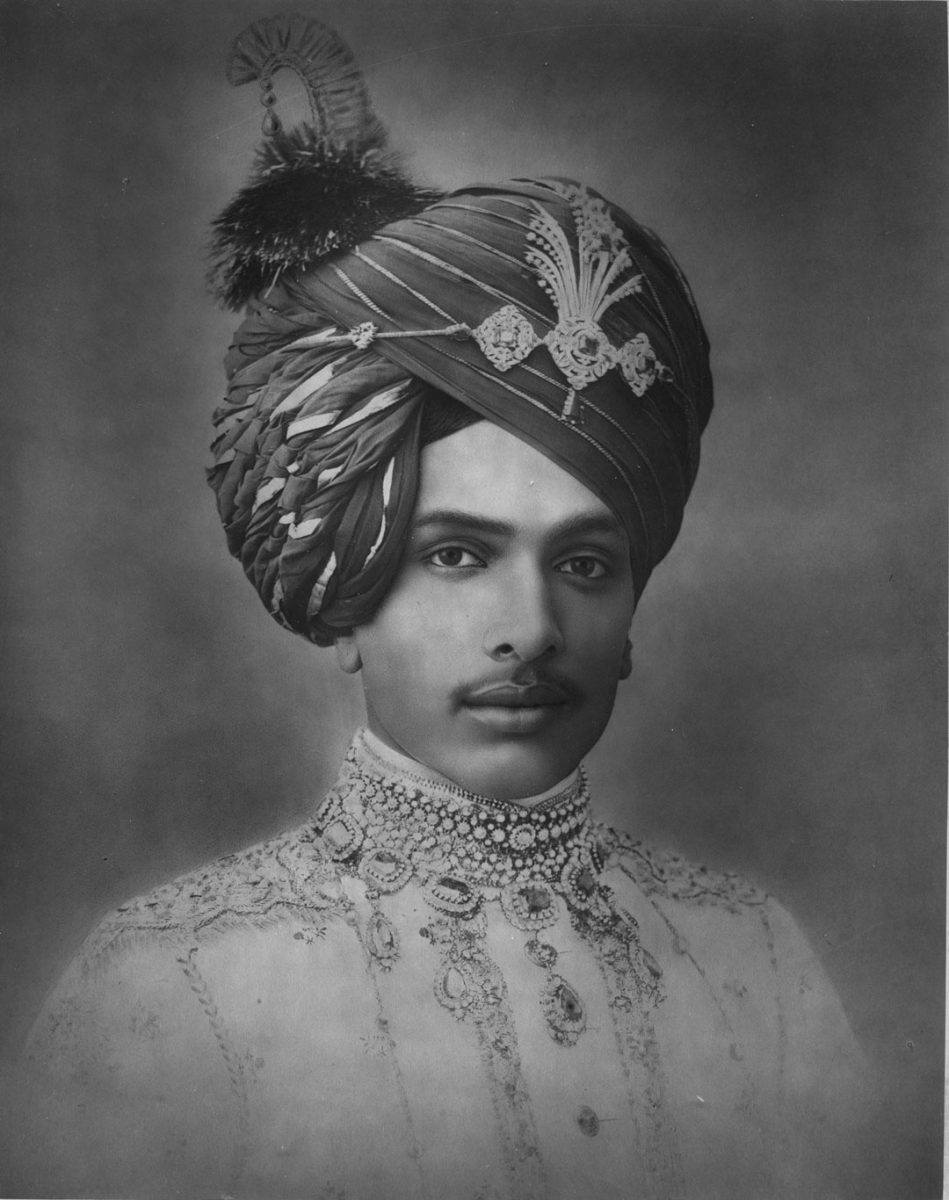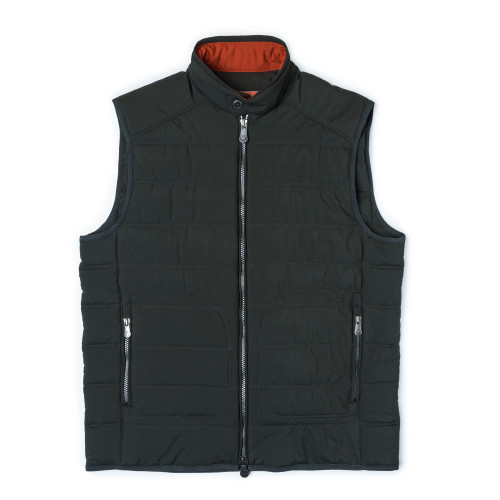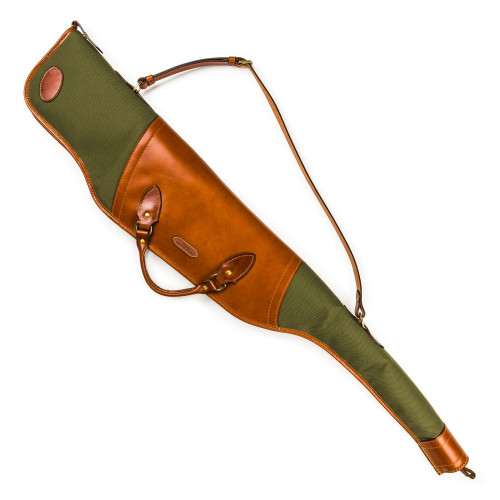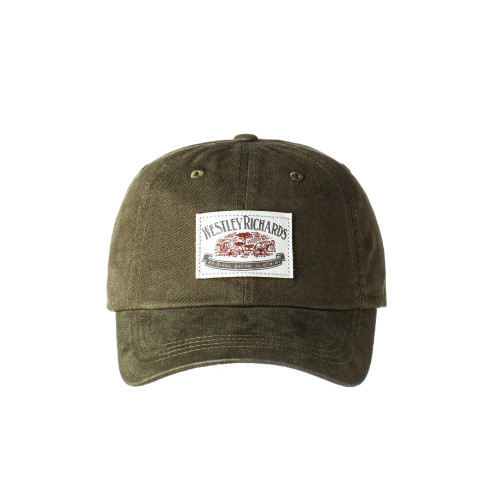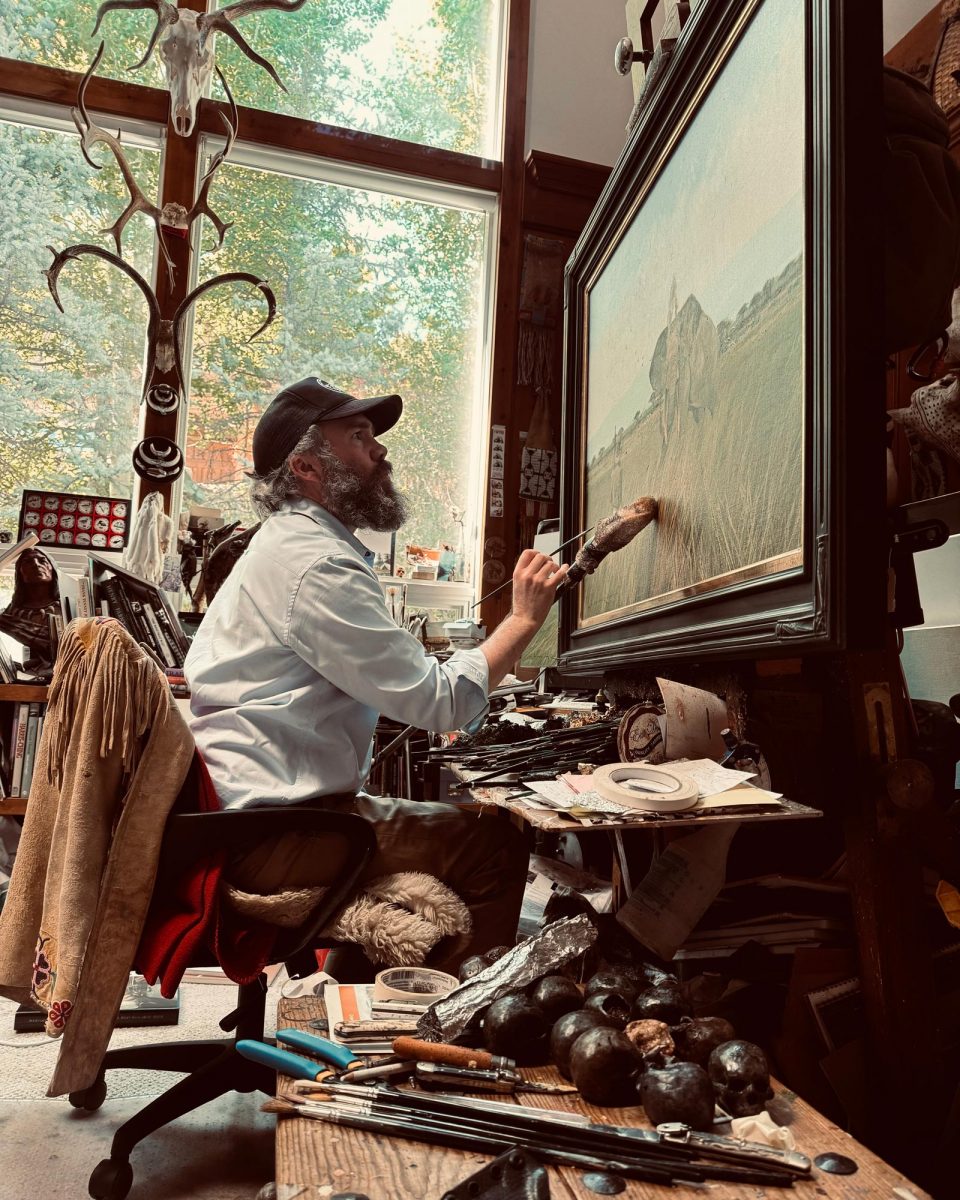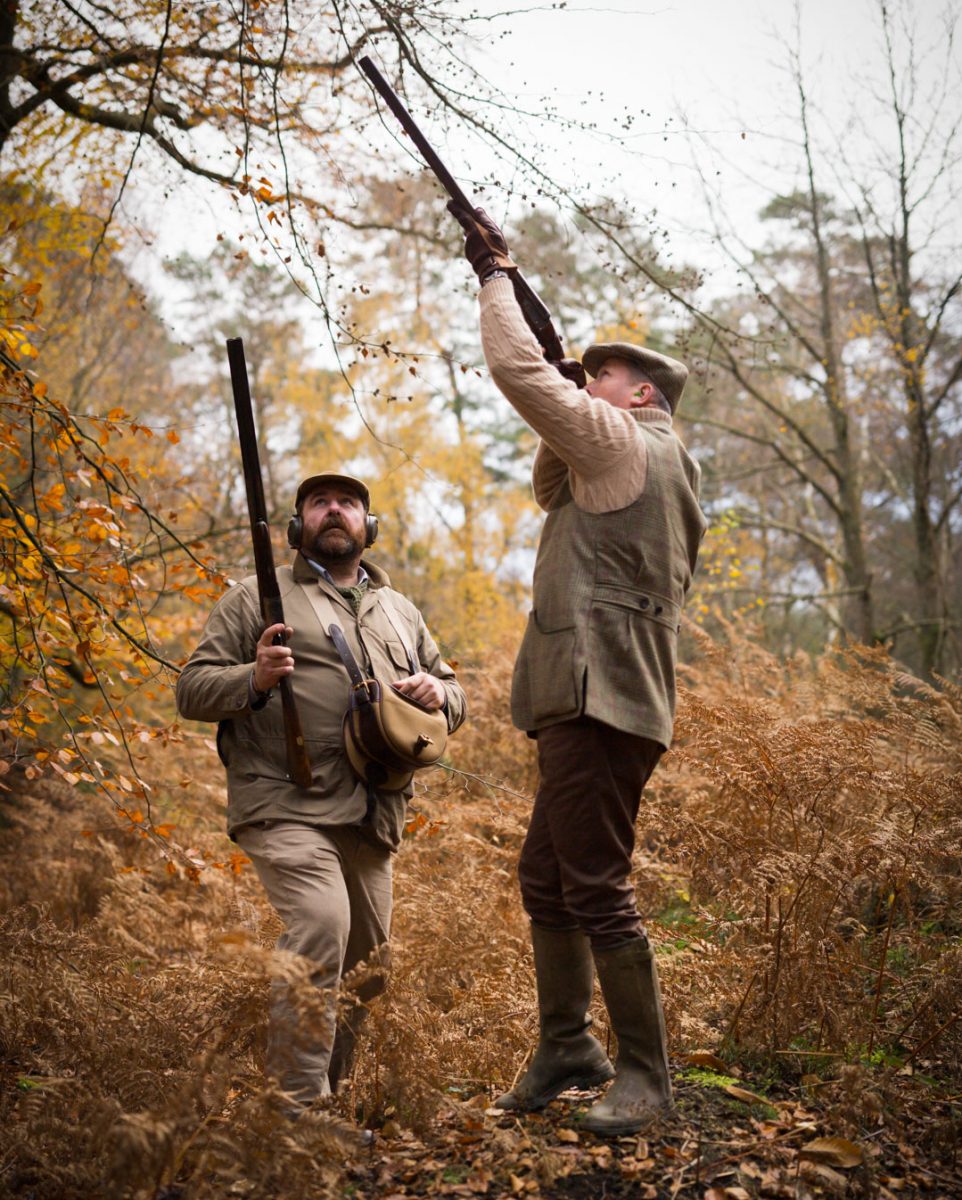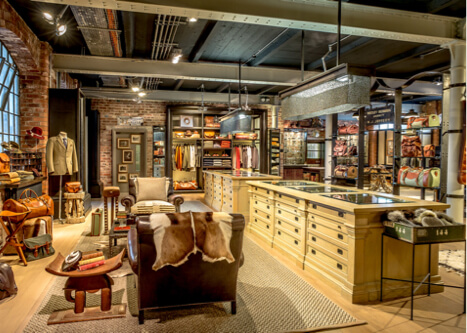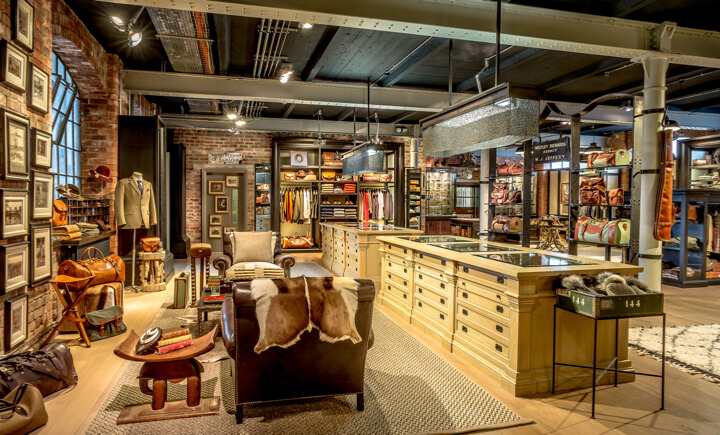Alwar inherited the throne of his historic kingdom, which lay in Eastern Rajputana between Jaiphur and Delhi, in 1892. For many years he enjoyed a reputation as good-looking, cultured and clever prince, famous for the quality of his oratory and his sense of style.
In his heyday, Alwar cut a dash with international politicians and English aristocracy; he represented India at the Imperial Conference in 1923 and at a party in the Hotel Cecil in 1929 to celebrate his silver jubilee as maharaja, the then Secretary of State for India, Wedgwood Benn, called him a remarkable man “who shone in every walk of life” (The Times, 8 July, 1929).
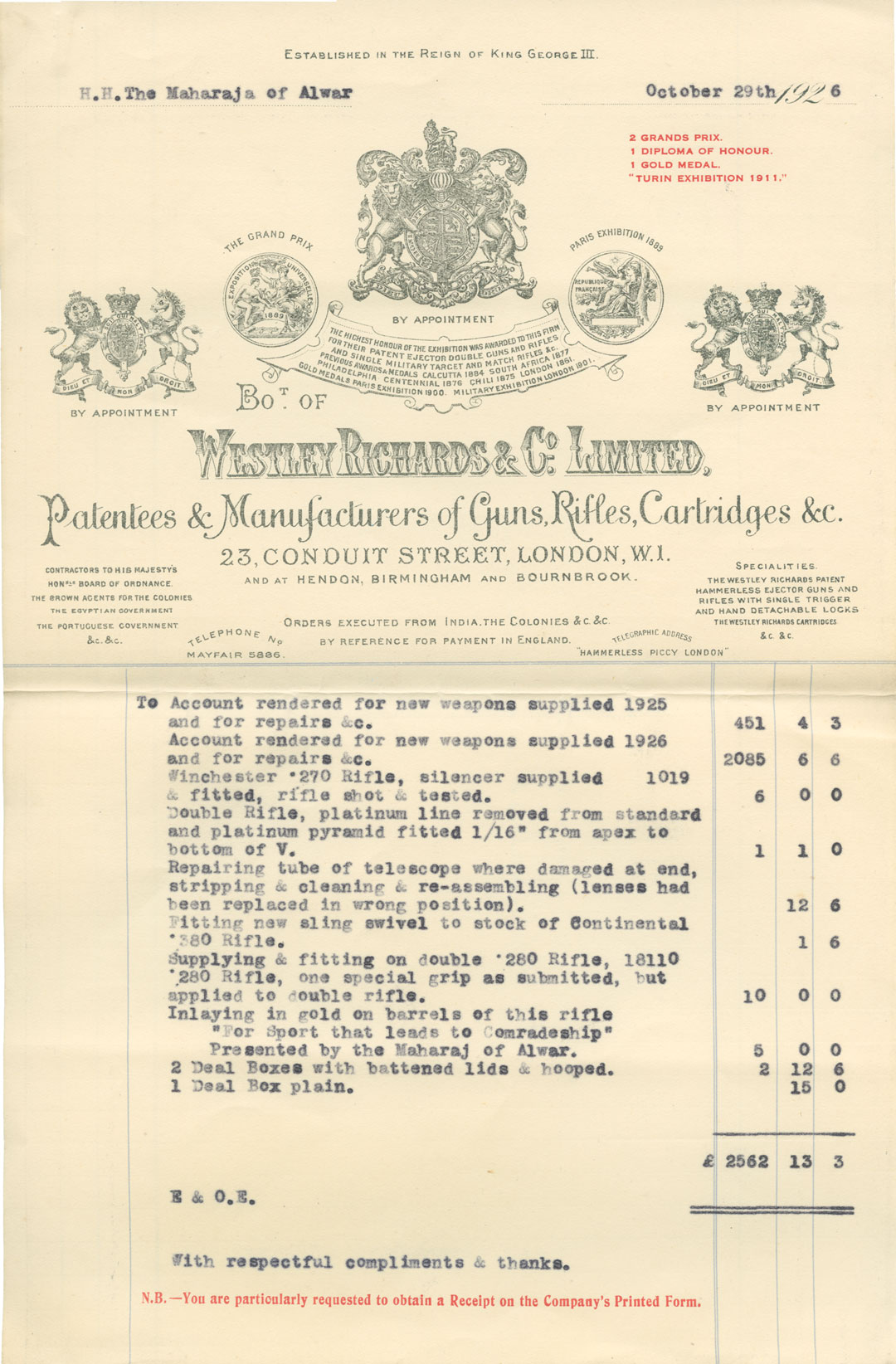 A 1926 invoice for a typical order for repairs from the Maharaja of Alwar
A 1926 invoice for a typical order for repairs from the Maharaja of AlwarHe certainly shone in the field of country sports and tiger hunting. His orders to Westley Richards, dating from 1912, were extensive; they fill pages of the company’s London order books and include orders for sporting firearms for other members of his family and household, as well as gifts for friends. To give an example of one order alone, in October 1926 he ordered: one pair .280 high velocity rifles, one pair .270 rifles, one .280 double rifle, one pair of .240 double rifles and one .360 double rifle - the following year he ordered a pair of .280 rifles and a pair of .240 rifles.
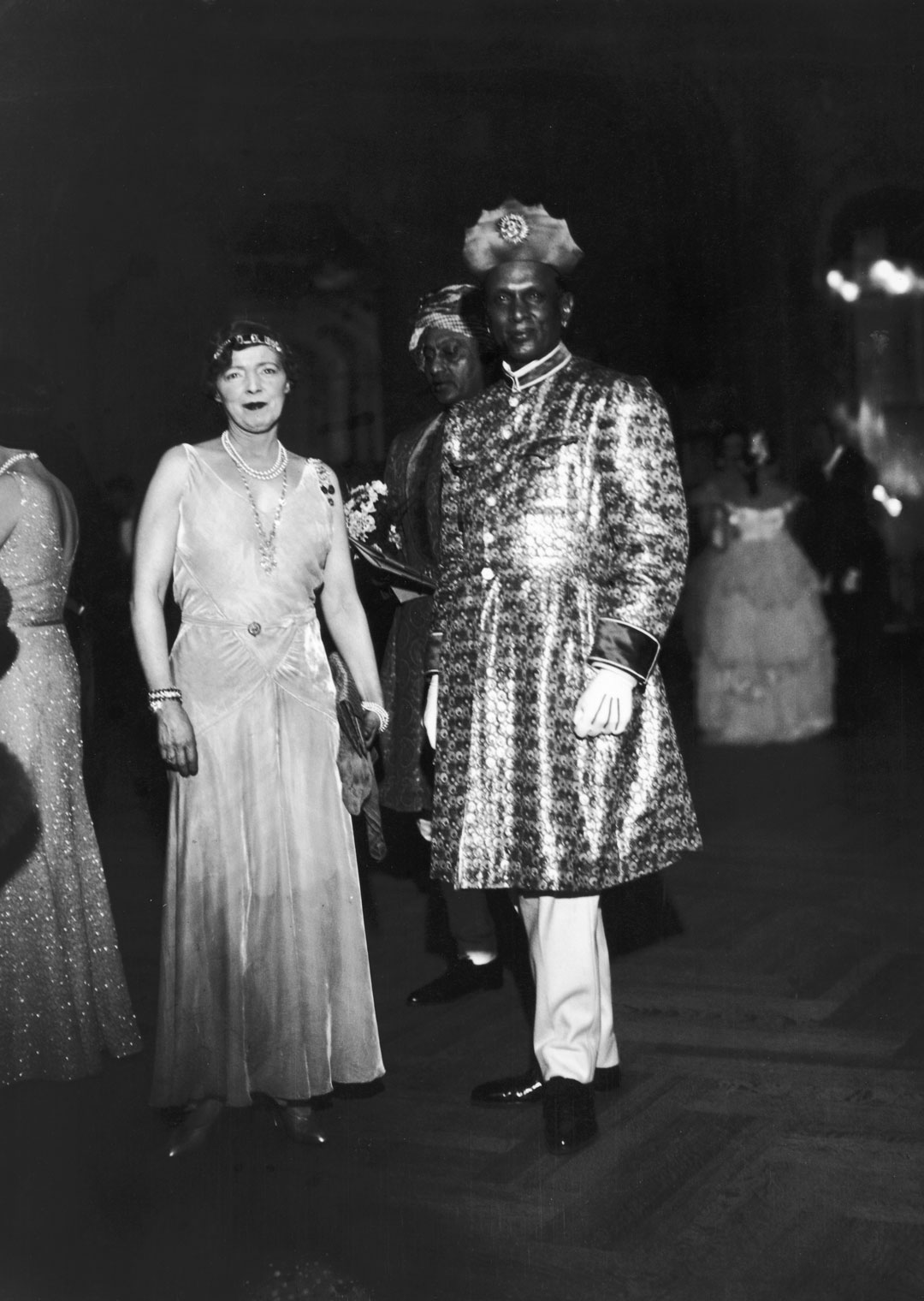 A 1931 photograph showing the Maharaja of Alwar with Lady Cunard
A 1931 photograph showing the Maharaja of Alwar with Lady CunardThe Westley Richards & Co. archives also include several instructions for special engravings, for example: “In very pleasant remembrances of delightful days spent on Ceannacroc forests with Mr Hugh Mackenzie, a most capable sportsman and a most courteous Scotsman. Presented by His Highness, Sewai Maharaja, Shri Jey Singhji, dev of Alwar, July 27th - to 24th September 1923.” In October 1923, another instruction was received to engrave a rifle with the words: “From H.H.Shri Sewai Maharaja dev of Alwar, with all good wishes to Lady Warrender, his neighbour in the Highlands.”
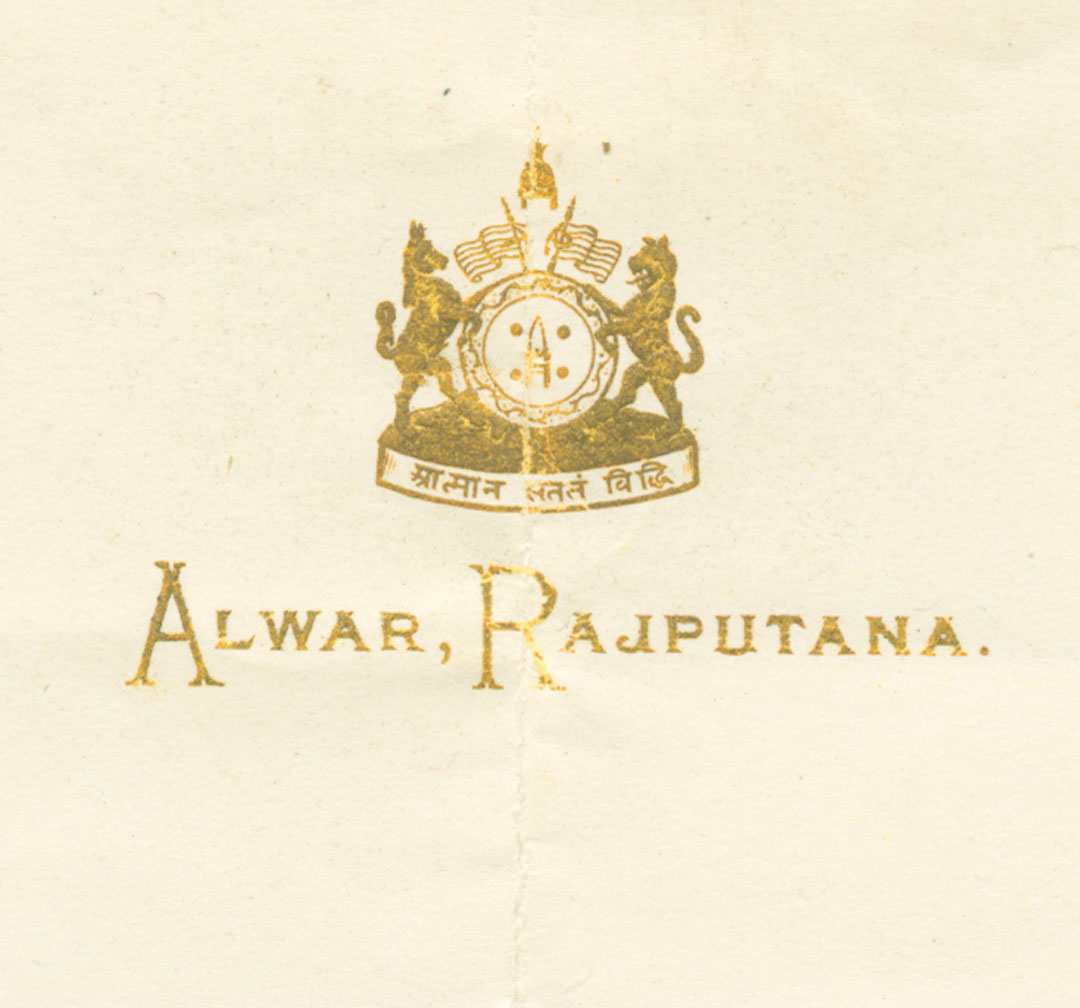 The Alwar coat of arms as sent to Westley Richards for engraving
The Alwar coat of arms as sent to Westley Richards for engravingThe Earl of Birkenhead wrote an account of Alwar in Life of Lord Halifax: “a tall man of reptilian beauty and remarkable accomplishments, a philosopher, a scholar, a fine orator . . . he was commonly supposed to have murdered more than one person who stood in his path.” A sign of his eccentricity was noted when Alwar reputedly had “a goat tied outside [Lady Halifax’s] window in his palace at Alwar so it might be killed in the small hours by a tame panther and terrify her with its dying screams.” Lady Halifax slipped out and released the goat herself. He also wrote, more admiringly, that “he went in constant terror of assassination, and yet was so brave . . . that he would hunt panther on foot and follow wounded tigers into the bush without a qualm.”
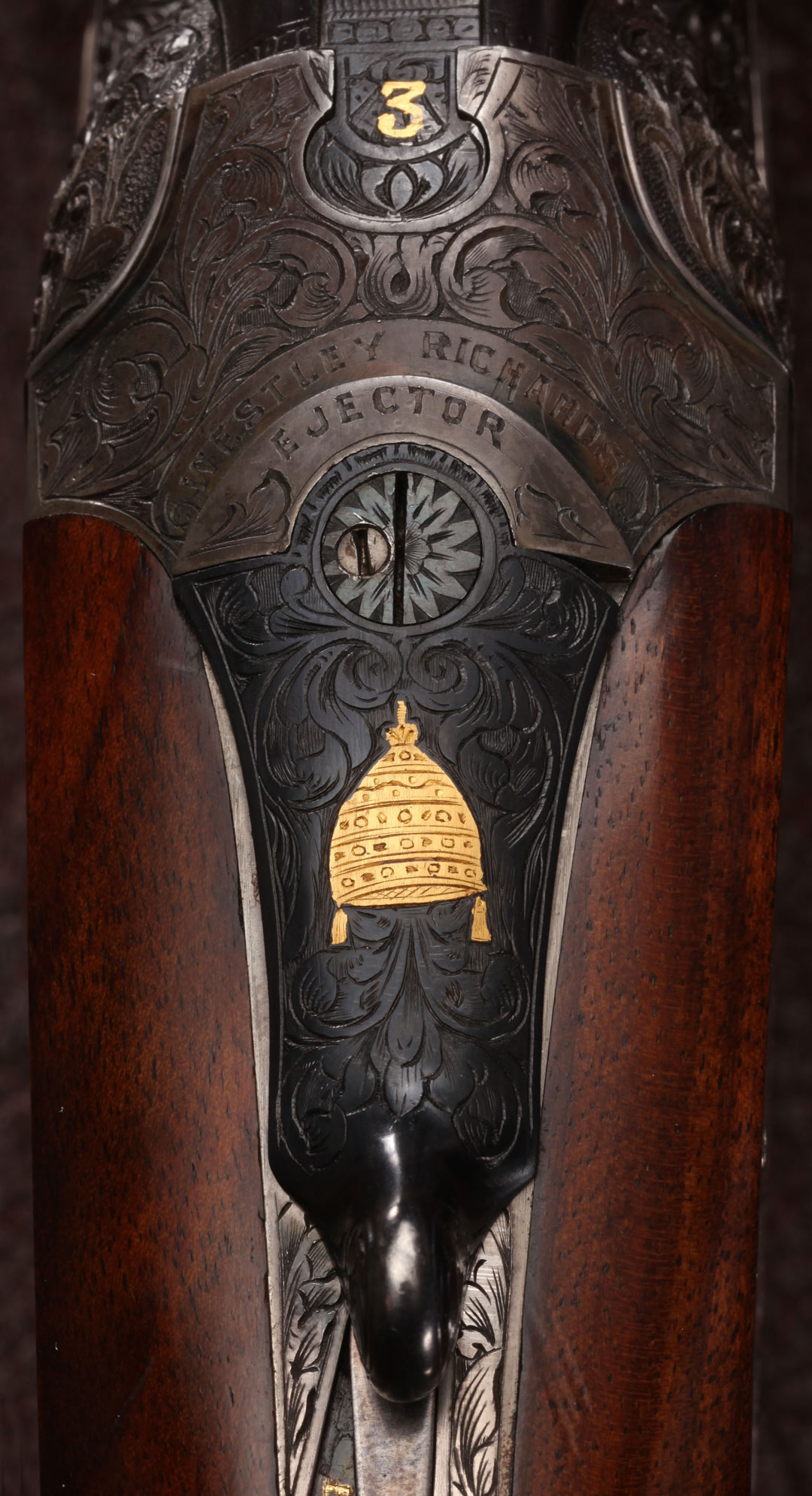 A top lever showing the Alwar crest which was repeated on all his many guns
A top lever showing the Alwar crest which was repeated on all his many gunsOne of Alwar’s eccentricities was that he refused to touch leather, and the gun cases had to be covered in canvas rather than leather – it is said that he insisted on no leather being seen in the Westley Richards shop on his visits. Once snubbed by a salesman in the Mayfair Rolls Royce showroom, he ordered all seven of the cars in the showroom, insisted that the particular salesman brought them over, and then in front of him, ordered that they be used to pick up rubbish and forbade anyone in his family to buy a Rolls Royce again. In 1933 civil unrest led to intervention by the British government in India, who deposed him in favour of a distant cousin (he died in Paris in 1937). The Times reported on 31st August 1933, that the Maharaja of Alwar was required to leave his state on account of “maladministration and agrarian unrest” and that he had failed to meet the conditions on which the British military was employed to bring the unrest to an end. Anecdotally he is also said to have set light to a polo pony who had displeased him in front of a British official who considered that this was ‘the last straw’.
The Explora Blog is the world’s premier online journal for field sports enthusiasts, outdoor adventurers, conservationists and admirers of bespoke gunmaking, fine leather goods and timeless safari clothes. Each month Westley Richards publishes up to 8 blog posts on a range of topics with an avid readership totalling 500,000+ page views per year.
Blog post topics include: Finished custom rifles and bespoke guns leaving the Westley Richards factory; examples of heritage firearms with unique designs and celebrated owners like James Sutherland and Frederick Courtenay Selous; the latest from the company pre-owned guns and rifles collection; interviews with the makers from the gun and leather factory; new season safari wear and country clothing; recent additions to our luxury travel bags and sporting leather goodsrange; time well spent out in the field; latest news in the sporting world; and key international conservation stories.
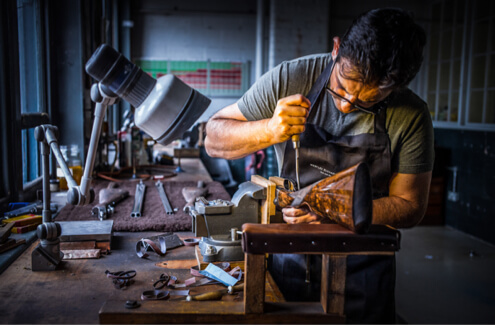
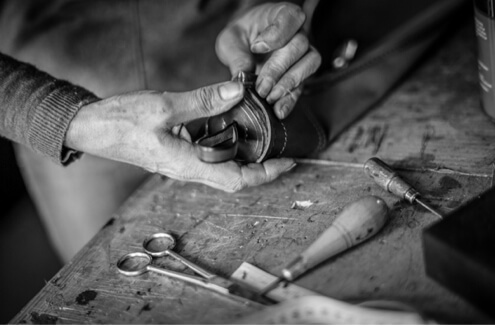
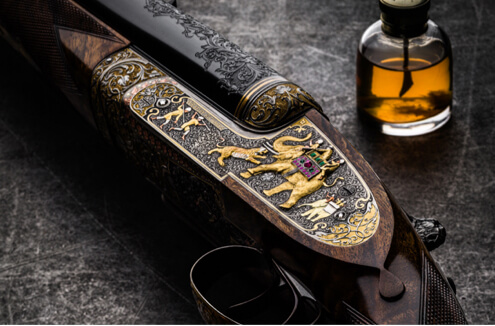
 Enquire
Enquire